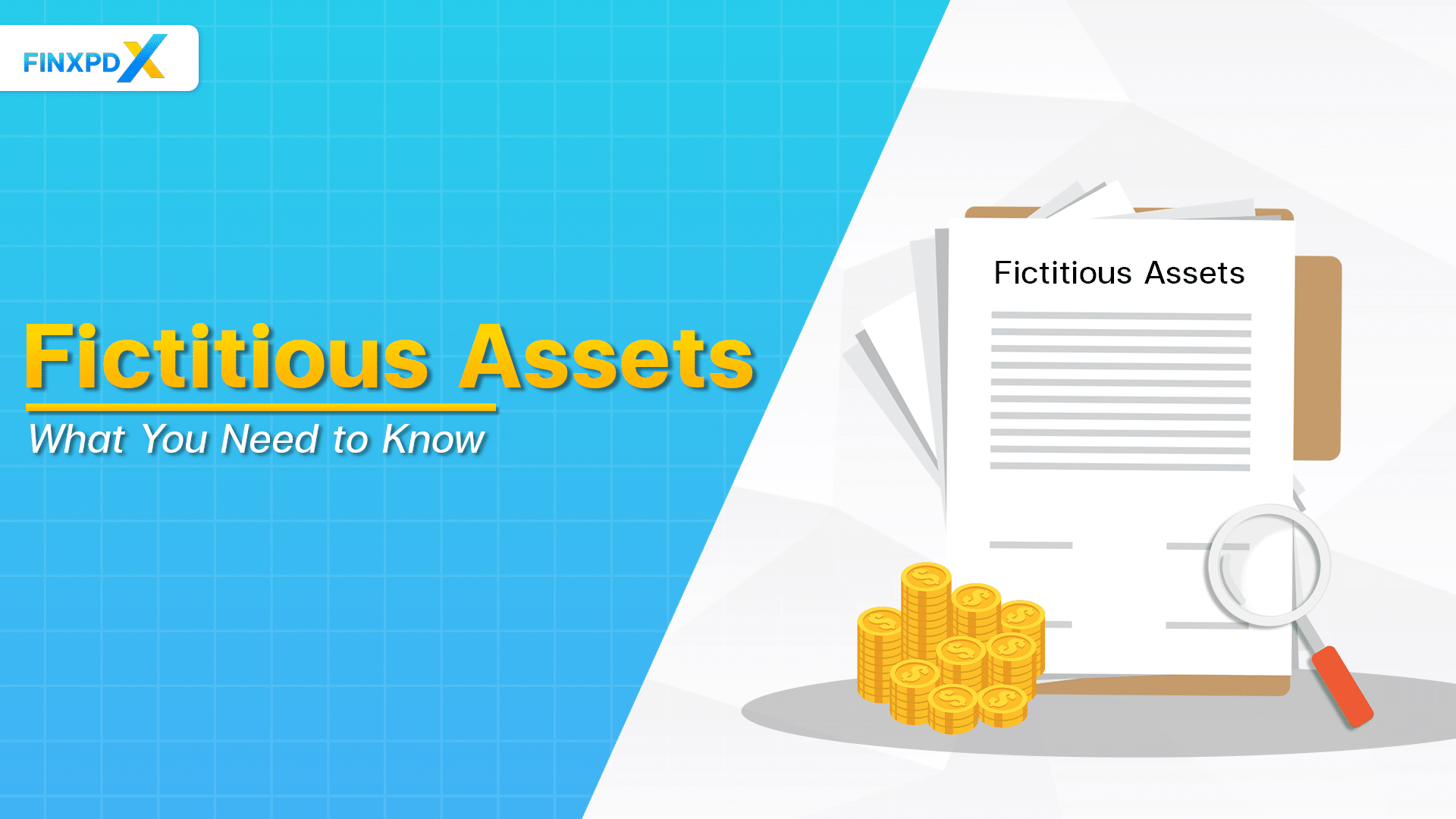In the world of accounting and finance, understanding the nature and classification of assets is crucial. Fictitious stands out among the various types of assets due to their unique nature. This article will explain the concept of fictitious assets, providing clarity on their meaning, features, and examples.
What Are Fictitious Assets?
Fictitious assets are a unique category in accounting, distinct from both tangible and intangible assets. Unlike tangible assets, which have a physical presence (like machinery or buildings), and intangible assets, which, while non-physical, have identifiable value (like patents or trademarks), fictitious assets lack both physical existence and realizable value.
They are often the result of deferred expenses or costs that a company has incurred but cannot yet attribute to any tangible or intangible asset. Common examples include promotional expenses, organizational costs, or costs of starting a business. These are expenses that a company has paid out but cannot capitalize as a tangible or intangible asset. Instead, they are recorded as assets in a notional sense, primarily because they are expected to provide benefits over multiple accounting periods.
Key Takeaways
- Fictitious assets are accounting entries representing deferred expenses on a balance sheet.
- Fictitious assets are not real assets but rather deferred expenses without tangible value or physical existence.
- They have no resale value and do not provide future economic benefits.
- They are accounting entries for deferred expenses, while intangible assets are real assets with inherent value and the potential for future economic benefits.
Key Features of Fictitious Assets
Fictitious assets are unique in the world of accounting and finance. They are not real assets but rather deferred expenses that have not yet been written off. Here are the key features that distinguish them:
1. Not Real Assets
They are not real assets in the sense that they don’t have a physical form and do not provide future economic benefits.
2. Accounting Entry
They are essentially accounting entries made to balance the books. They are not backed by any physical asset or legal right.
3. Deferred Expenses
They often symbolize expenses that the company does not write off immediately and carry forward to future accounting periods.
4. No Resale Value
They are unlike other assets, and cannot be sold or converted into cash.
5. Temporary Existence
They exist only temporarily and are written off against the firm’s earnings over a period of time.
⚠️Tip: Overestimating fictitious assets can result in financial misstatements and legal risks.
Fictitious Assets Examples
In this section, we’ll explore examples of it, which represent deferred expenses or losses on a company’s balance sheet.
1. Preliminary Expenses
The company incurs expenses such as legal fees, registration fees, and other setup costs during its formation, which it considers as fictitious assets. The company amortizes (gradually reduces) these expenses over time.
2. Discount on Issuance of Shares or Debentures
When a company issues shares or debentures below their face value, it treats the discount amount as a fictitious asset. The company gradually writes off this discount against its profits.
3. Underwriting Commission
Companies often appoint underwriters to ensure the sale of their shares or debentures. The commission paid to underwriters is considered a fictitious asset and is amortized over time.
4. Losses on Issue of Shares or Debentures
If a company faces losses from issuing shares or debentures, it may treat these losses as fictitious assets. The company spreads these losses over several years and offsets them against its profits.
5. Advertising and Promotional Expenses
Companies may capitalize on advertising and promotional expenses if they believe these expenses will result in future benefits, such as increased brand recognition or sales. Until these benefits materialize, these expenses are considered fictitious assets.
Differences Between Fictitious and Intangible Assets
In accounting and finance, there are lots of different ideas that are used for different reasons. They’re not the same and do different things. We’re going to look at two of these ideas and talk about how they are different from each other. Here is the comparison:
| Aspect | Fictitious Assets | Intangible Assets |
|---|---|---|
| Nature | Accounting entries representing deferred expenses | Non-physical assets with value |
| Economic Benefits | No future economic benefits | Provide future economic benefits |
| Tangibility | Not tangible; purely accounting entries | Non-physical, intangible existence |
| Source of Value | Accounting transactions | Legal or intellectual rights |
| Examples | Preliminary Expenses, Discount on Issuance of Shares | Patents, Trademarks, Copyrights |
| Valuation | Based on historical cost | Maybe revalued if the market value exceeds the cost |
| Treatment in Statements | Amortized over time | Amortized or tested for impairment |
| Transferability | Cannot be sold or transferred | Can be sold, transferred, or licensed |
Conclusion
Fictitious assets indeed present a unique aspect in accounting. Unlike tangible or valuable assets like cash, real estate, or equipment, they don’t represent actual economic value for a company. They are essentially accounting entries created to align with specific accounting practices or principles. Consequently, these entries, while necessary for certain accounting processes, don’t contribute to the direct financial strength or market position of a business.
Fictitious assets and intangible assets are two distinct concepts within the realm of accounting and finance. Understanding the differences between these two types of assets is crucial for accurate financial reporting and decision-making. It helps in presenting a true picture of a company’s financial health and aids stakeholders in making informed judgments about the business’s value and potential.
FAQs
They are accounting entries on a balance sheet that represent deferred expenses without realizable value or physical substance.
Examples include preliminary expenses, discounts on share issuances, underwriting commissions, losses on share or debenture issuances, and capitalized advertising expenses.
Goodwill represents the intangible value of a business, such as its reputation and customer relationships, while fictitious assets are accounting entries for deferred expenses. Goodwill can have future economic benefits.
They typically appear on the asset side of the balance sheet under “Other Assets” or “Miscellaneous Assets.” They are reported separately from real assets.
They are not classified as current assets because they don’t offer immediate economic benefits and are not expected to be converted into cash or used within the business’s current operating cycle.
Related Articles:
- Shelf Prospectus: Its Impact on Your Portfolio
- Tax Invoice: Learn to Secure Your Financial Plan
- National Saving Certificate: How to Apply NSC in India
Read more: Regulations








